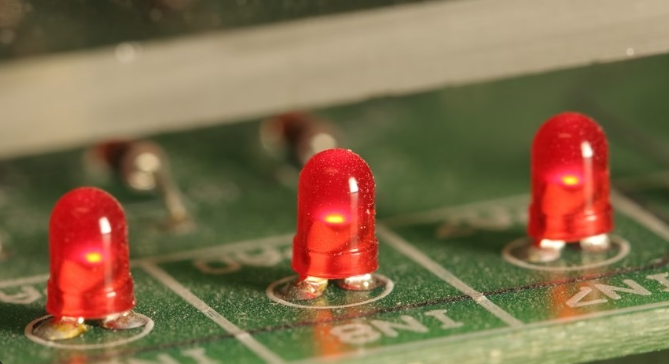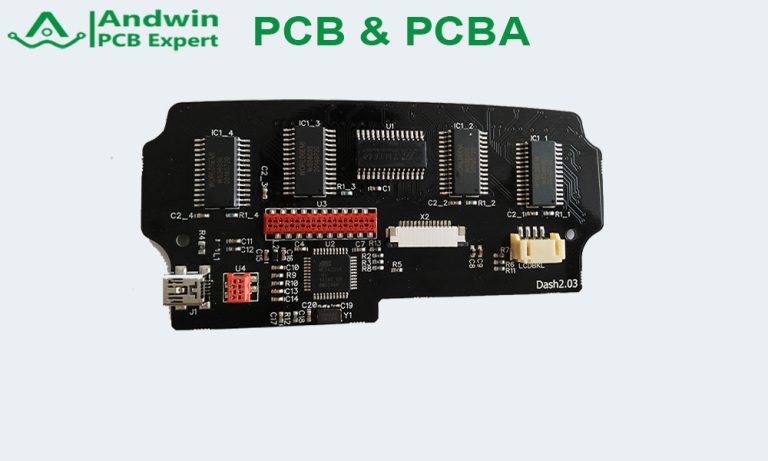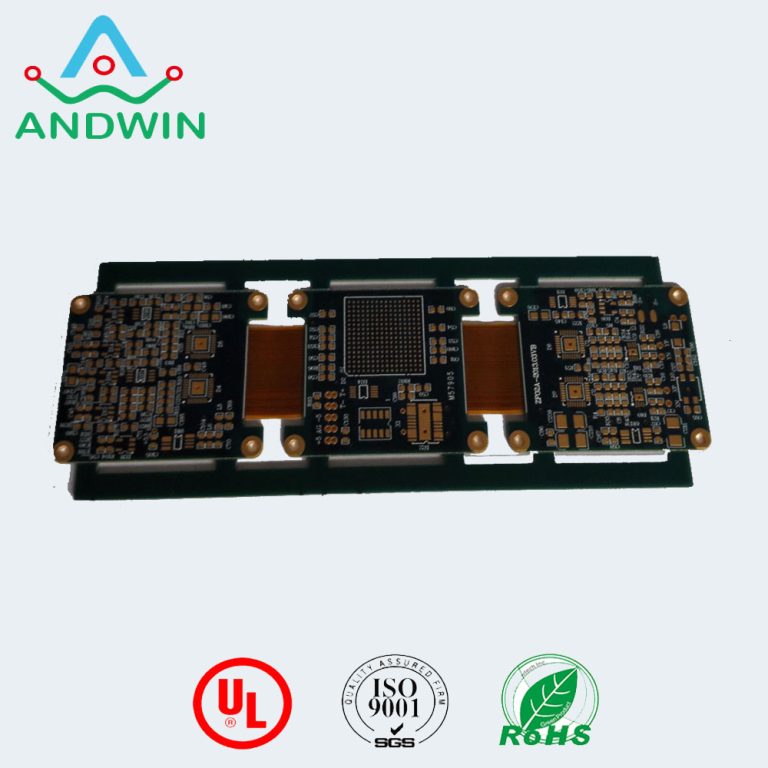Electronic board manufacturing and assembly process
Electronic board manufacturing and assembly refer to the process of designing, fabricating, and assembling electronic circuits on a printed circuit board (PCB) or a similar substrate. The process involves several steps, including:
The solder paste
It is a paste of small grains of solder mixed with flux. This can be deposited into place in a process that is very similar to some printing processes.
Using the solder screen, placed directly onto the board and registered in the correct position , a runner is moved across the screen squeezing a small mount of solder paste through the holes in the screen and onto the board.
As the solder screen has been generated from the printed circuit board files, it has holes on the positions of the solder pads, and in this way solder is deposited only on the solder pads.
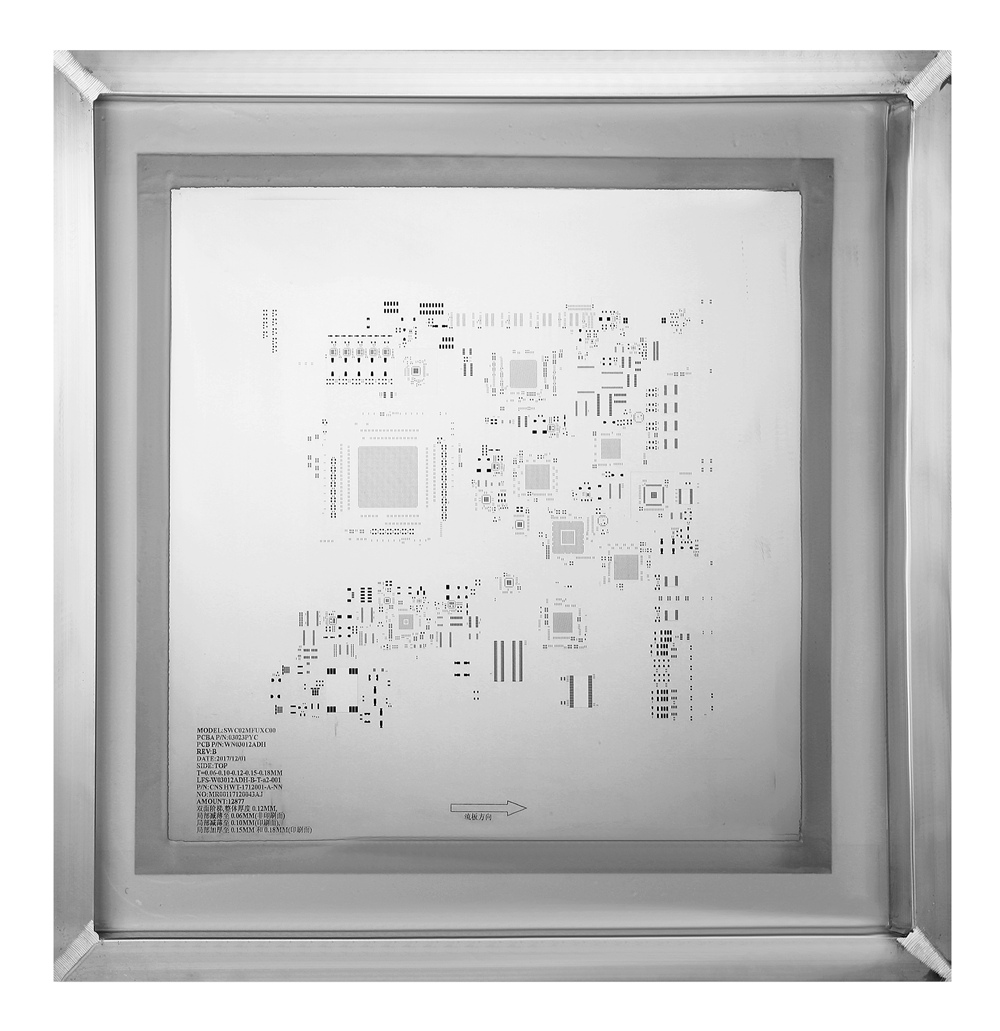

The components placed onto the board are held in place by the tension of the solder paste. This is sufficient to keep them in place provided that the board is not jolted.
The position and component information required to programme the pick and place machine is derived from the printed circuit board design information.
This enables the pick and place programming to be considerably simplified.
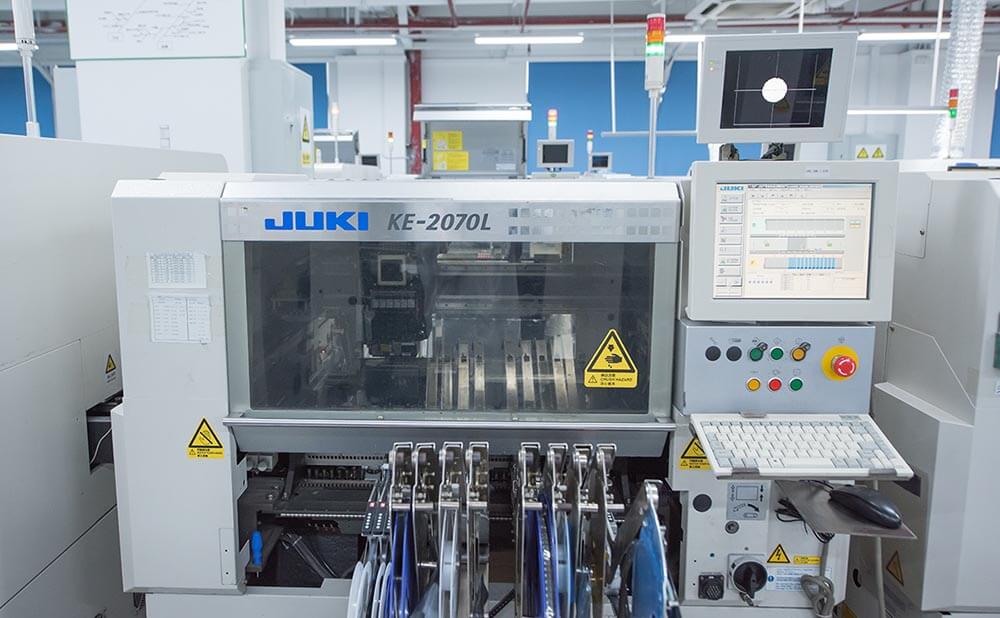
Soldering
Once the components have been added to the board, the next stage of the assembly, production process is to pass it through the soldering machine. Although some boards may be passed through a wave soldering machine, this process is not widely used for surface mount components these days. If wave soldering is used, then solder paste is not added to the board as the solder is provided by the wave soldering machine. Rather than using wave soldering, reflow soldering techniques are used more widely.

Inspection
After the boards have been passed through the soldering process they are often inspected.
Manual inspection is not an option for surface mount boards employing a hundred or more components.
Instead automatic optical inspection is a far more viable solution. Machines are available that are able to inspect boards and detect poor joints, misplaced components, and under some instances the wrong component.
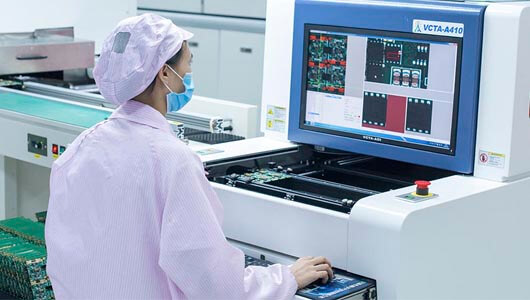
Test
It is necessary to test electronic products before they leave the factory. There are several ways in which they may be tested.
Feedback
To ensure that the manufacturing process is running satisfactorily, it is necessary to monitor the outputs.
This is achieved by investigating any failures that are detected. The ideal place is at the optical inspection stage as this generally occurs immediately after the soldering stage.
This means that process defects can be detected quickly and rectified before too many boards are built with the same problem.



